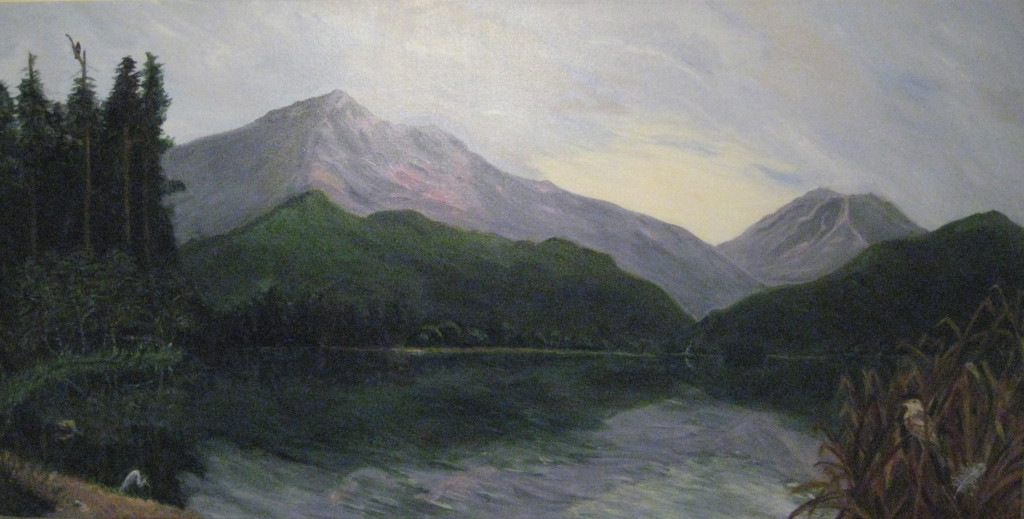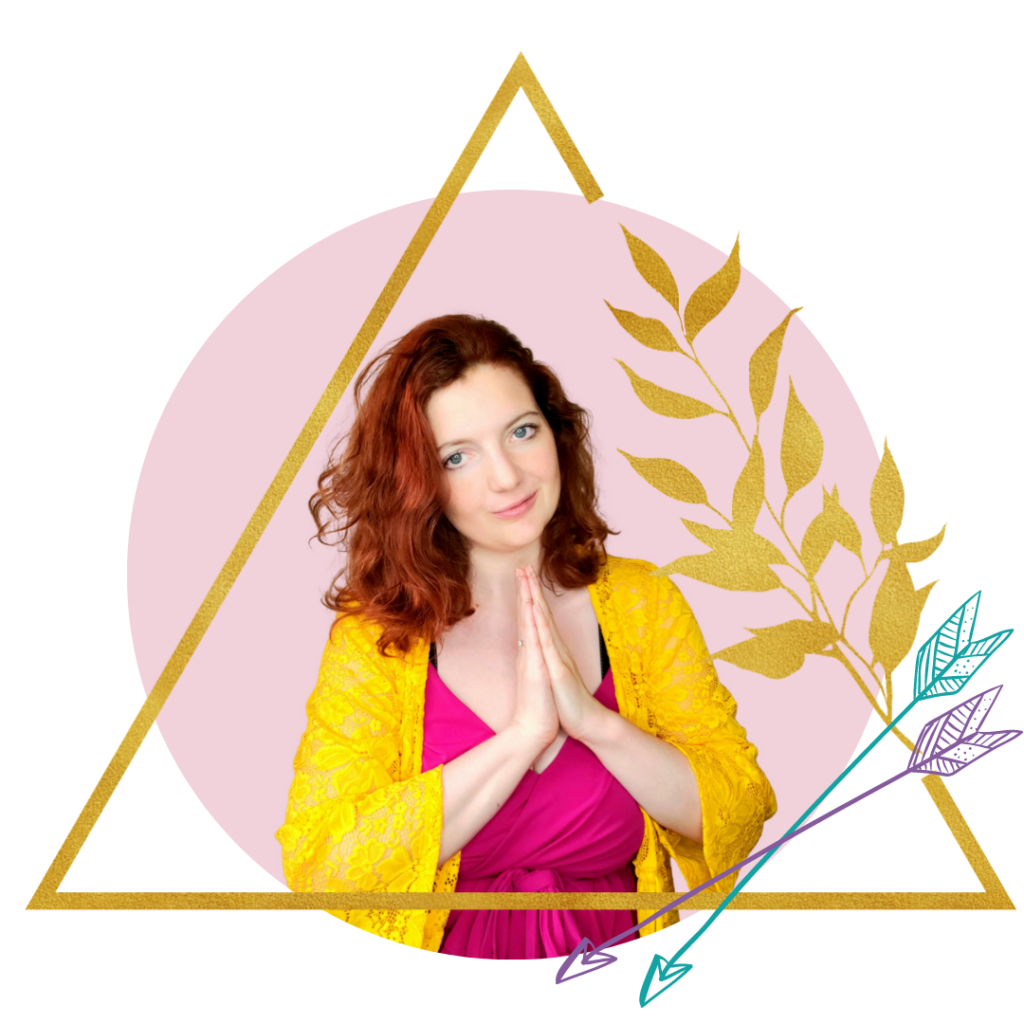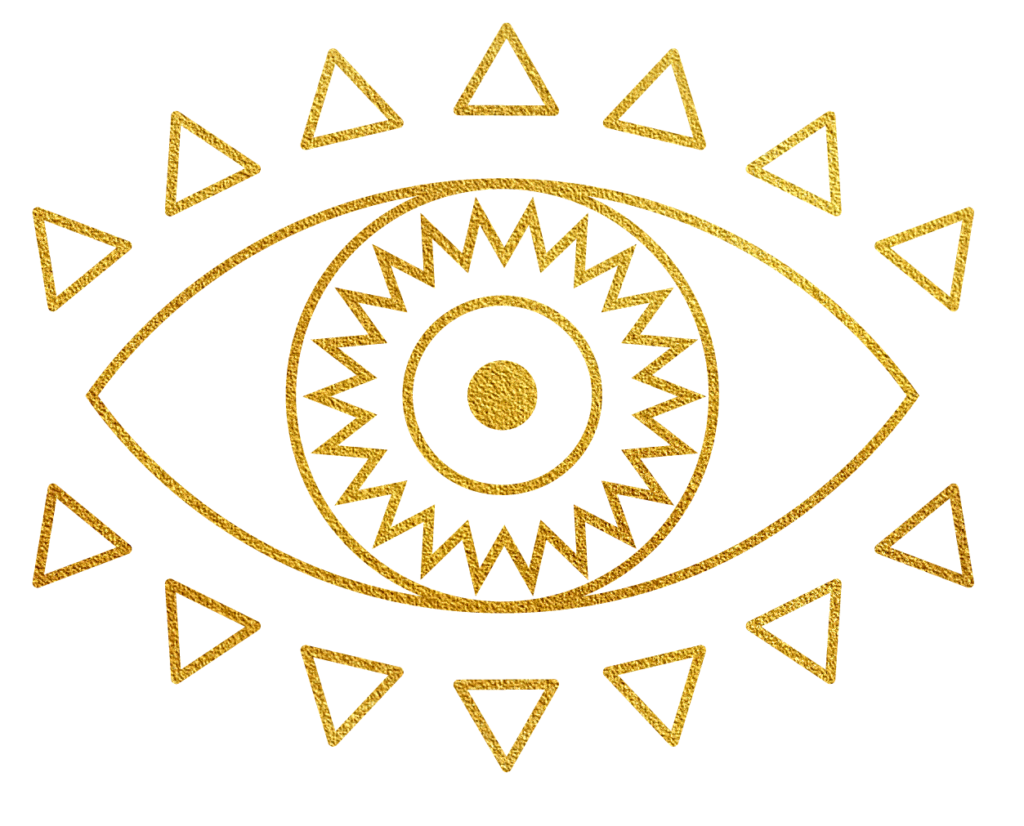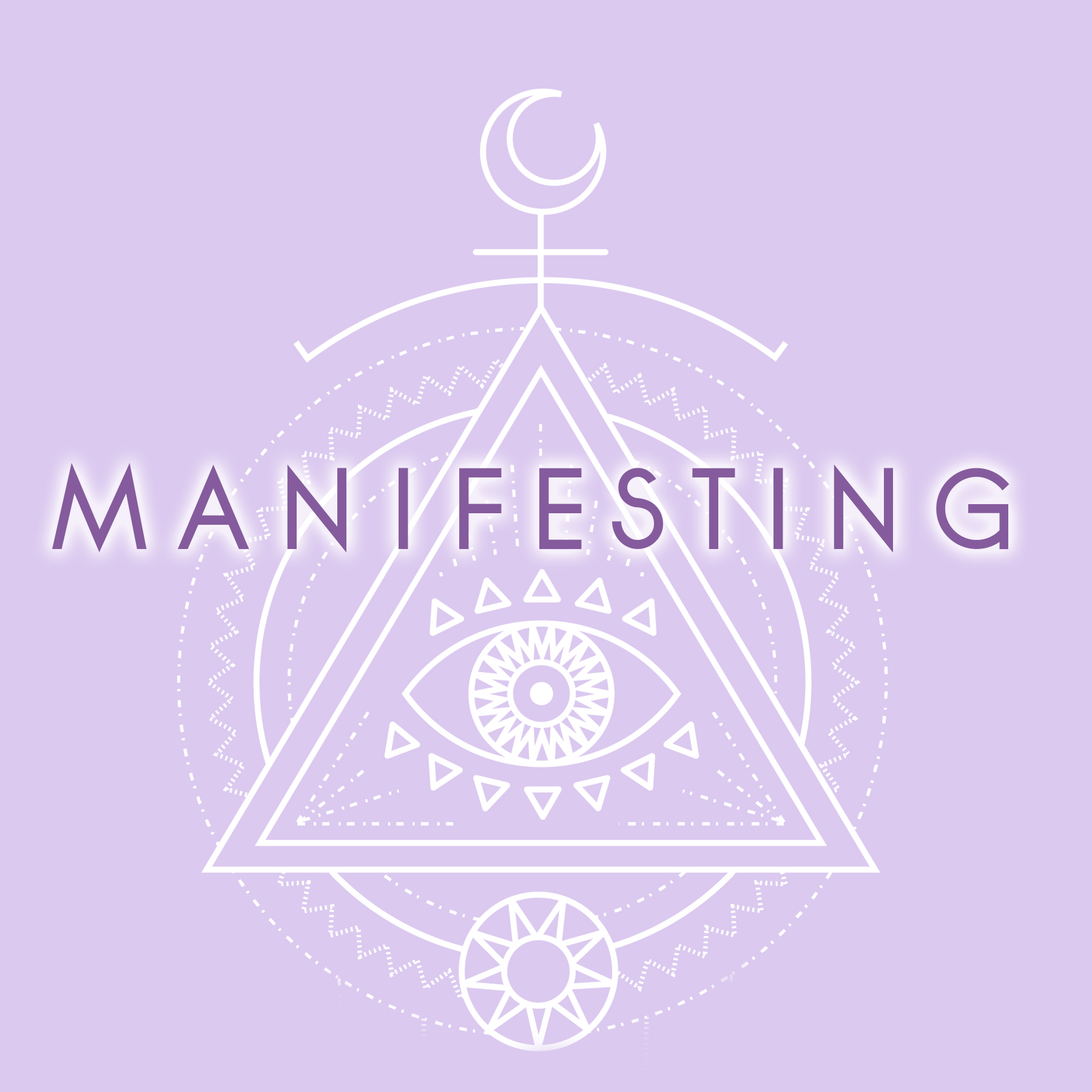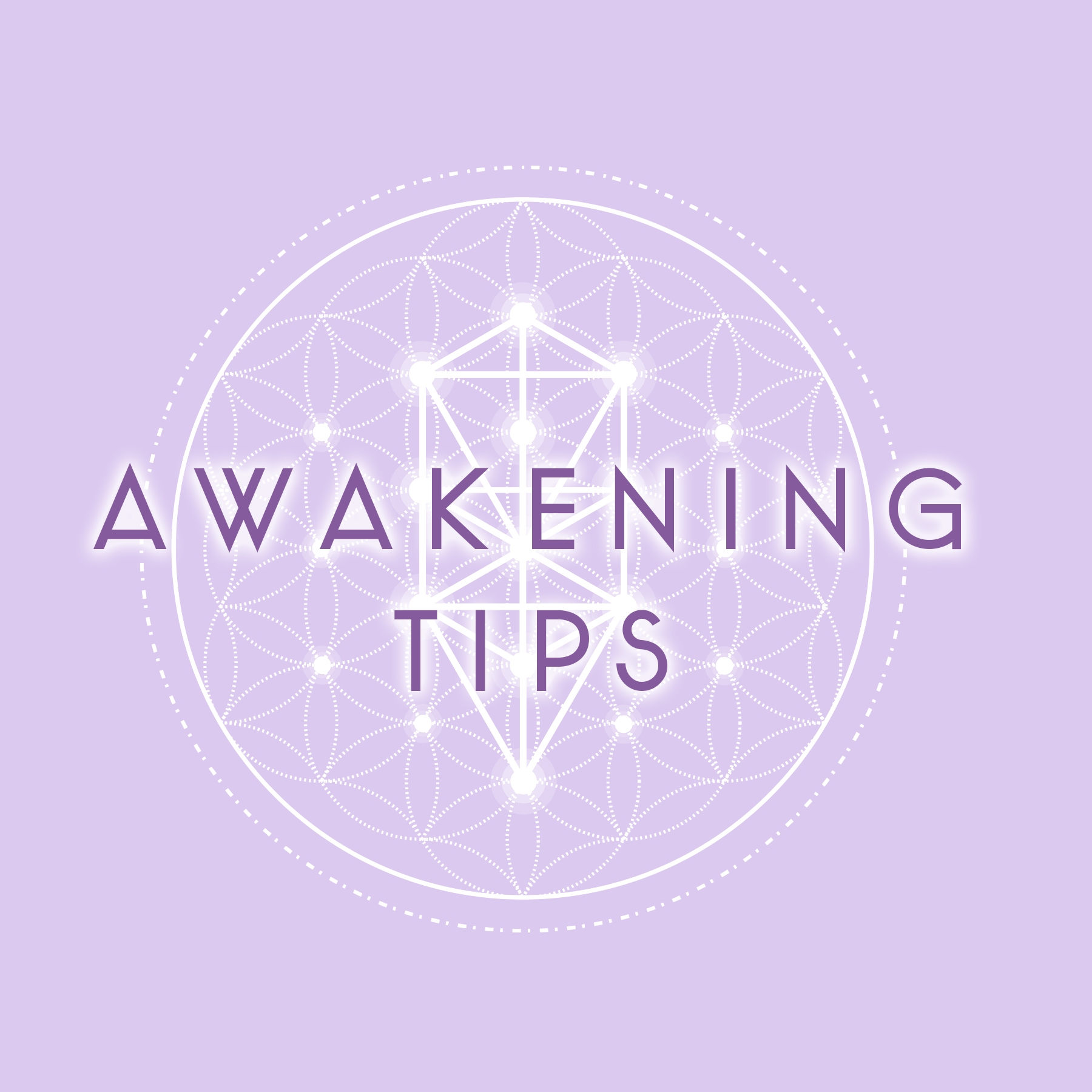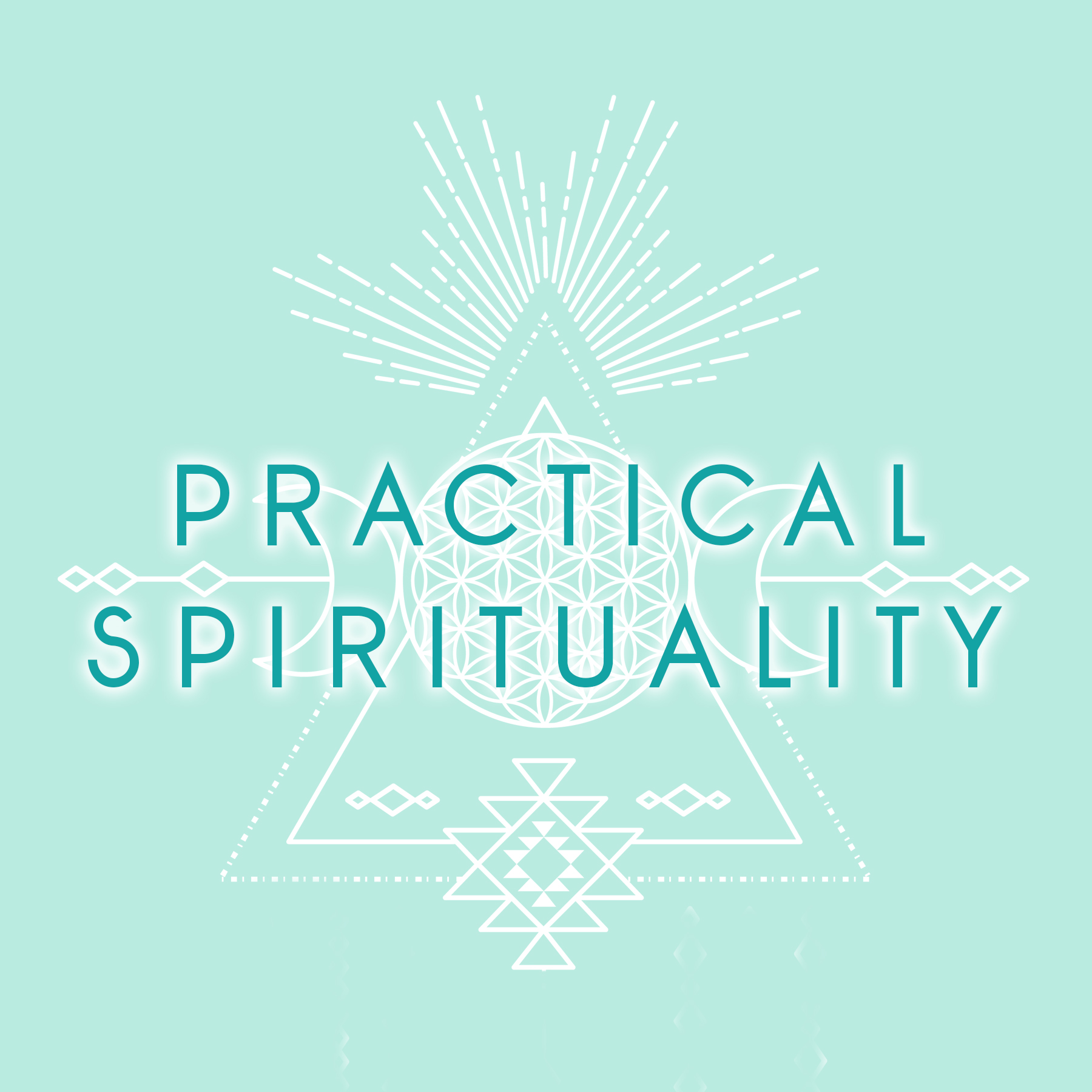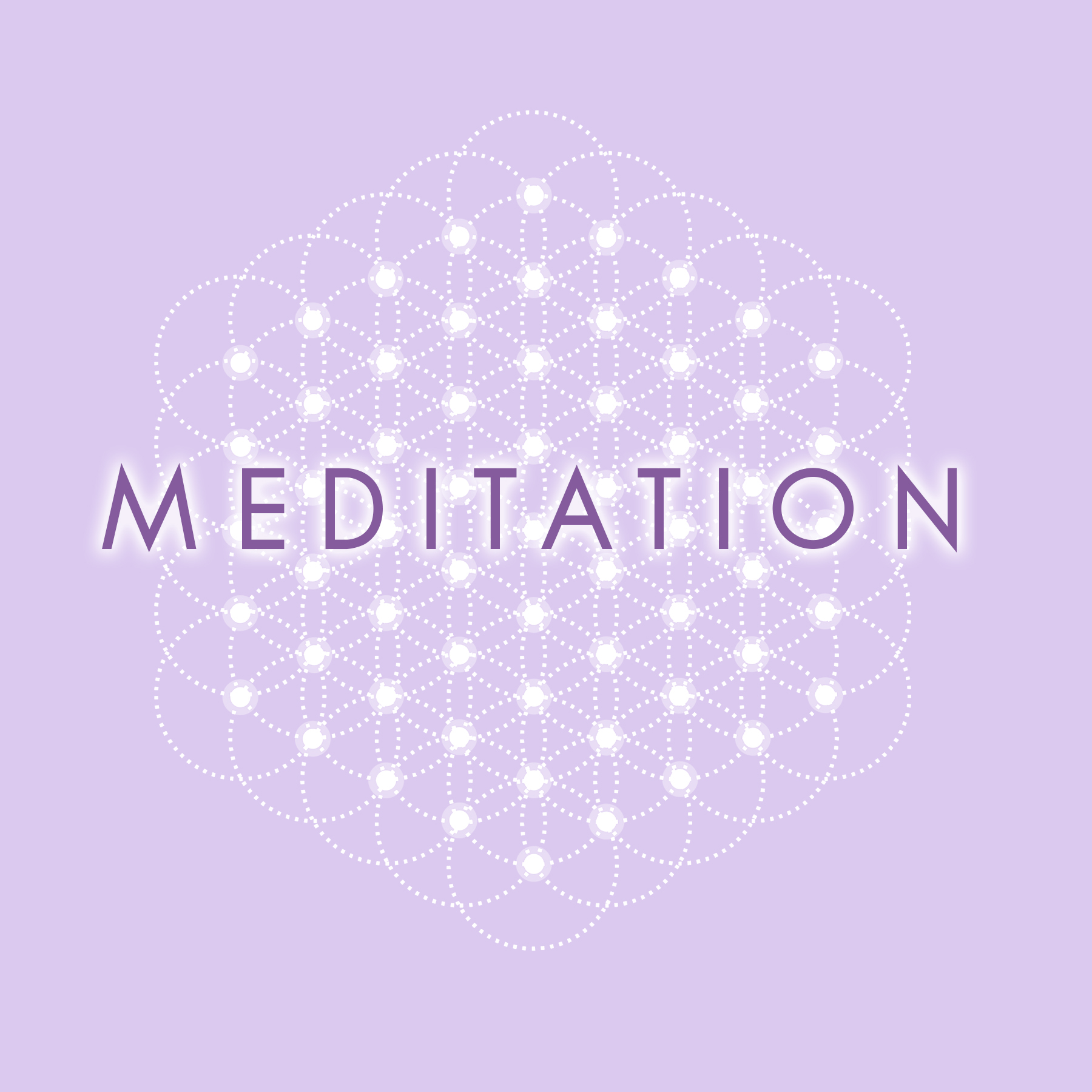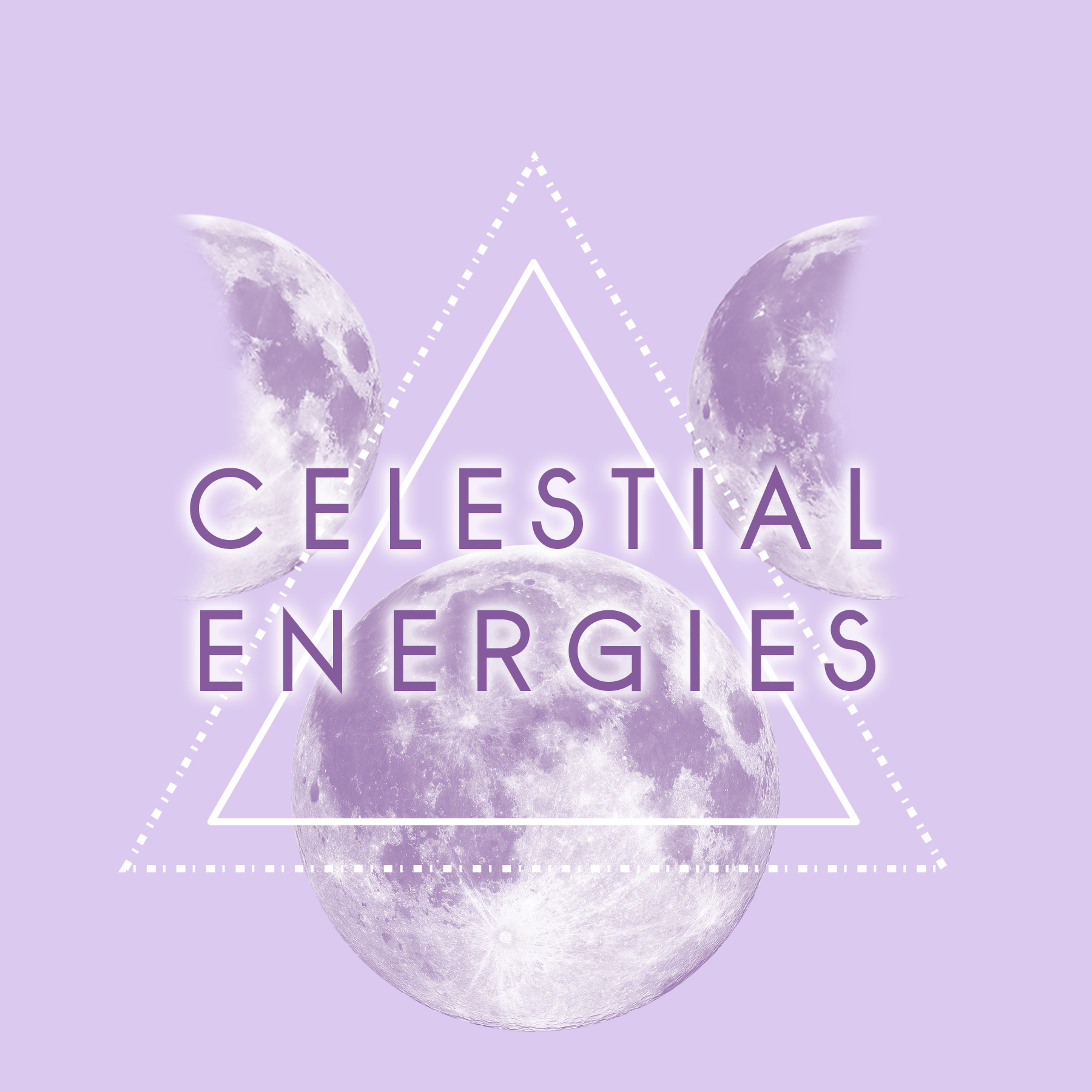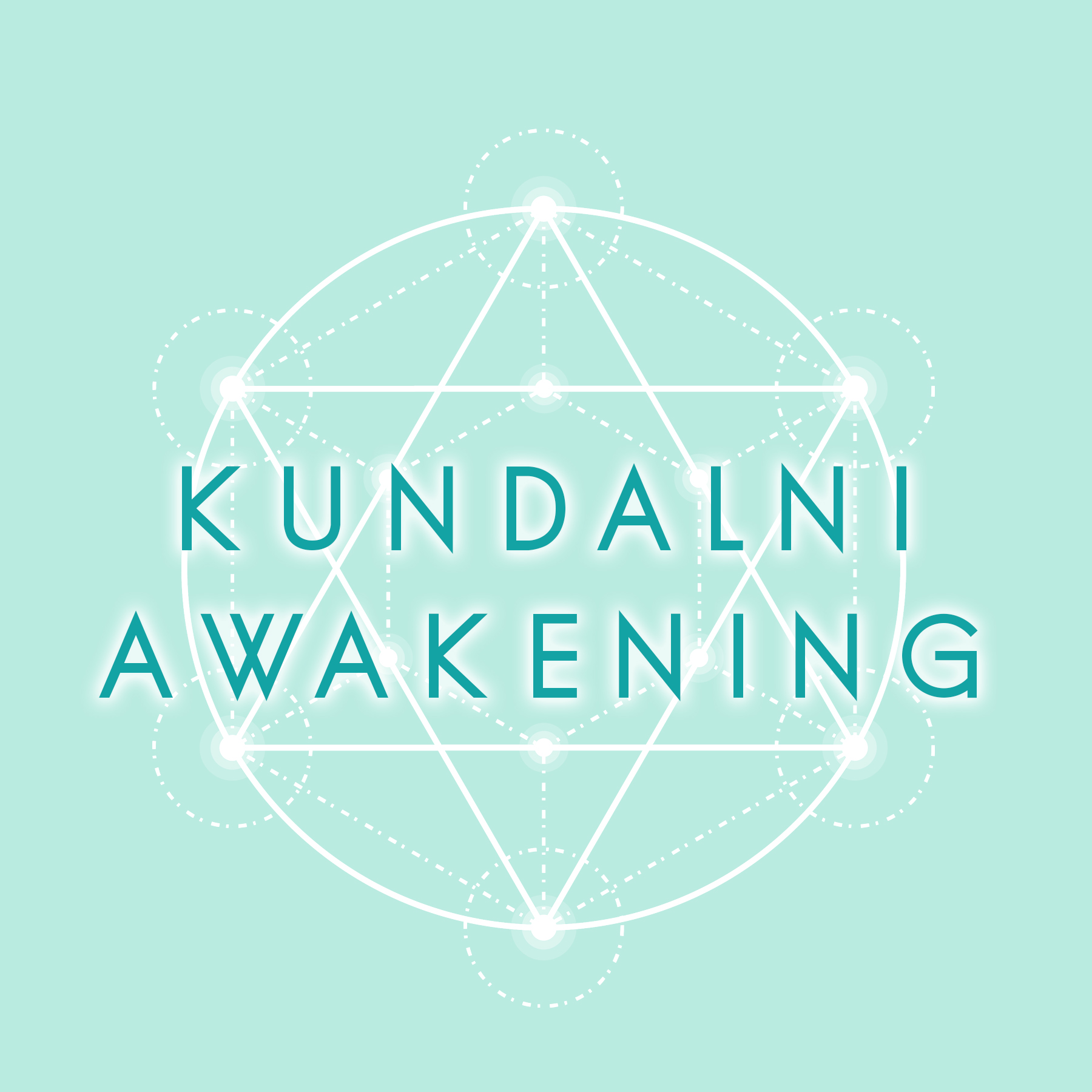Although both Hesiod and Plato wrote about the Ages of the Great Year, it is likely they got their information from the Egyptians. The Yugas are mentioned in the Puranas, scriptures of the Vedic culture; the Maya also have a similar concept called ‘Suns’ and ‘Underworlds’ representing the days and nights of a great cycle. Below are some of the general characteristics associated with the Ages of the Great Year.
Satya Yuga; The Golden Age
This age was the literal Garden of Eden. Truth, beauty, virtue…a time of high enlightenment and peak consciousness; there was no struggle associate with living. Food grew aplenty naturally. There was no need to plant, harvest, or hunt. There were, no doubt, fewer people than there are today on the Earth. People worked with divine, subtle and mental energies, but it was always for the good of all including Gaia.
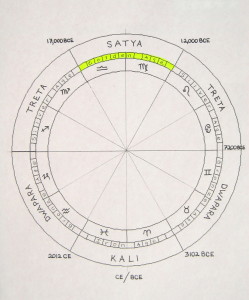
Everyone understood one another. The story of the Tower of Babel is significant here. It is a story of a time when humans spoke ‘one language’. However, I believe it was the language of the heart and not the mind; a communion of souls or psychic understanding. And communications were not only pan-human, but trans-species. Animals and humans spoke to one another. Neither humans nor animals ate meat and neither did they fear one another. With the recent development and use of animal communicators, this concept is not the ‘stretch’ it might have been twenty or more years ago. The energy of the plants was so high, so powerfully nutritious, that only vegetation need be consumed and only in amounts we would deem insufficient by today’s standards. The lion really did lie down with the lamb during this epoch.
As depicted in the Garden of Eden stories, the climate was such that everyone could live comfortably out-of-doors; there was need of little or no clothing. There was no sickness, no untimely death. Life was long and one knew when one’s time had come; one lay down to sleep peacefully, never to awaken in that body again.
It is possible that during this time, the earth’s axis was perpendicular to the ecliptic and this may have accounted for a lack of changing seasons and therefore the ease of life in harmony with nature. People and animals were at peace with one another and with the planet. Living was simple, but connected in ways we can’t even imagine. It was a time of undreamed of balance and wellbeing; a time of childlike trust, cooperation and love.
There are many myths and legends about this time and in our intellectual age of reason, they are all dismissed as fairy tale, something that could never be – just wishful thinking by someone living in distressing times. Is it really? I have always believed there was truth in myth and legend: Something hidden, something forgotten.
Treta Yuga; the Silver Age
This next era was less conscious. The downward cycle toward collective amnesia, and resultant strife begins here. Because of cataclysms and earth changes at the commencement of this era, great energy technologies were needed to help keep life flowing forward. Nature was still respected and the Oneness of all was still understood, though beginning to diminish. The study of the skies was very important to astronomer priestesses to keep track of precession, solstices, equinoxes and other important movements of the heavens.
The beginning of ‘knowledge as power’ may have begun during this time, but it was not corrupt as we know it to be. The expulsion from The Garden and the story of the Tree of Knowledge is probably a peek back to this time when knowledge, rather than divine connection and wisdom, began to take precedence. The Tree of Knowledge at the center of the Garden may be an allusion to the earth’s axis, the poles, and the changes that happened at the shift.
People sought to retain, preserve and use knowledge from deep wisdom to help maintain the high energies and consciousness of the previous era for as long as possible during this Age. Because of survival issues after the cataclysms, there was probably a movement, of necessity, toward meat-eating as consciousness and connectedness slowly began to devolve. Hunting and gathering was probably necessary for the first time in this Cycle, at least in some parts of the world, and separations of groups from one another happened with the deluges from glacial melting. The interspecies communication and trust that pervaded the Satya Yuga was gone; however, the pan-human communications probably could still be maintained within some groups at least who maintained certain wisdom practices.
Climate changes necessitated the need to be clothed; mass migrations, and housing issues after the probable pole shift ensued with the melting ice and consequent flooding during this time. Building, weaving, tool making, etc. began to be developed. What, from our perspective we see as ‘progress’, was actually a devolving consciousness unable to maintain harmony with nature and thus necessitating struggle to maintain life.
Dwapara Yuga; The Bronze Age
Large, advanced civilizations developed during this era, or at least attained their height. There was less and less focus on spiritual connectedness and more on material necessity and survival. Consciousness continues its descent. Agriculture and animal husbandry are absolutely necessary now. Some of the finer forces of the physical universe are still understood and utilized, but wisdom had been neglected. Much that was common heritage becomes shrouded in myth and legend; the Garden is a far, forgotten land, and as in the Tower of Babel, much is garbled and misunderstood. Taboos are formed, the feminine has been deposed and the rise of commerce, written language and the patriarchy is a fact. It is from around the middle of this Age that we start to recognize and track our ‘history’. Everything before is thought to have been a primitive, cave man culture and a very dark time indeed. Little did anyone realize that the true Dark Age was about to descend.
Kali Yuga; The Iron Age
We know the most about this era, historically anyway, as we are just emerging from the lowest level of consciousness in the Great Cycle. It is generally acknowledged that we use maybe 3% of our brain capacity. Way back in the Satya Yuga, we had full brainpower as well as complete consciousness. Tribal identity and the idea of separateness flourishes now; the concept of the individual began its ascendance with great, motivated leaders conquering the ‘known’ world. Although reason and logic become the gods of this era, and technologies seem to be at a peak in our current time, it is information, rather than real knowledge, let alone wisdom, that we honor. We are as disconnected from nature as we have ever been and are reaping the consequences.
All that has gone before has been forgotten or garbled into fairy tale, superstition and fantasy. The patriarchy is supreme and women’s ways of knowing have been punished, persecuted, ridiculed and ignored. Left-brain logic is acknowledged as the only way to ‘know’; depression and anxiety increase as, unconsciously, humanity begins to recognize our dire plight and sees no way out.
Animals, who were once our equals, have been bred for our cruel use and experimentation; hunted for sport and commercialism, neglected and feared. It has even been ‘logically’ asserted not that long ago that animals have no souls, sense no pain and have no feelings. We have, during this era, assumed that ‘primitive’ peoples are not really even human, and all manner of atrocities have been perpetrated by people on ‘the other’. War, famine, conflict, addiction, greed, worry, hopelessness, and bondage to corrupt systems that keep one focused on the utterly useless is the only future many can imagine.
The Hopi Great Cycle
The Hopi also talk about ‘Worlds’ coming into existence and subsequently being destroyed. Book of the Hopi, by Frank Waters, details their legends. It is so interesting to me to see how different cultures have very similar stories about the greater cycles of time. They are beyond coincidence.
In the First World people understood themselves and their interconnectedness to the world. There was no sickness, and they understood one another without talking. The birds and animals understood one another and people and animals understood one another. At the end of this World the people began to use their power for personal gain and they began to forget the divine commands. Animals drew away from people and different races began to divide. There were always those who ‘remembered’ and those who did not. People all over the world suddenly left their homes and traveled far afield. Fire from above destroyed the First World.
The destruction itself didn’t take long, but it took a long time for the Second World to emerge. This world looked very different: there was land where water once was and visa versa. People could still see and talk with one another at a distance. Animals, though, were kept wild and apart. The people did not have the privilege of living with the animals in this world. People now had to build homes, villages and trails. They crafted with their hands and stored food. Simple trade and barter began in this era. The people began to want more and forgot to be joyful. Quarreling and fighting broke out. There were always some people who remembered former wisdom and they were laughed at. The destruction of this Second World came when the world rolled over twice, teetered off balance, and froze solidly. Finally the planet began rotating again, and the ice began to melt.
When the Third World emerged, the people built large urban centers and great civilizations. They soon became occupied with their own plans. The wise realized that the more humanity developed, the harder it was to remain connected to the Creator and their ‘purpose’. Corruption and war came to the Third World. Floods destroyed this World: “Down on the bottom of the seas lie all the proud cities, the flying shields and the worldly treasures. One day the lands will rise again to prove this.“
The Fourth World is not so easy or beautiful as the past ones. There are many choices that will determine if one can keep the Creator’s plan, our purpose.
If you haven’t already, please read my first article, Introduction to the Great Year, for some more background information. In the next I will discuss an alternative theory to Precession of the Equinoxes, and what effect it may have upon our planet, consciousness and human evolution.
Featured Image: The Guardians By Zuzanna Vee
- Full Moon in Sidereal Aquarius August 18, 2016 - August 18, 2016
- Lammas New Moon in Sidereal Cancer August 2, 2016 - August 2, 2016
- Full Moon in Sidereal Capricorn July 19, 2016 - July 19, 2016


